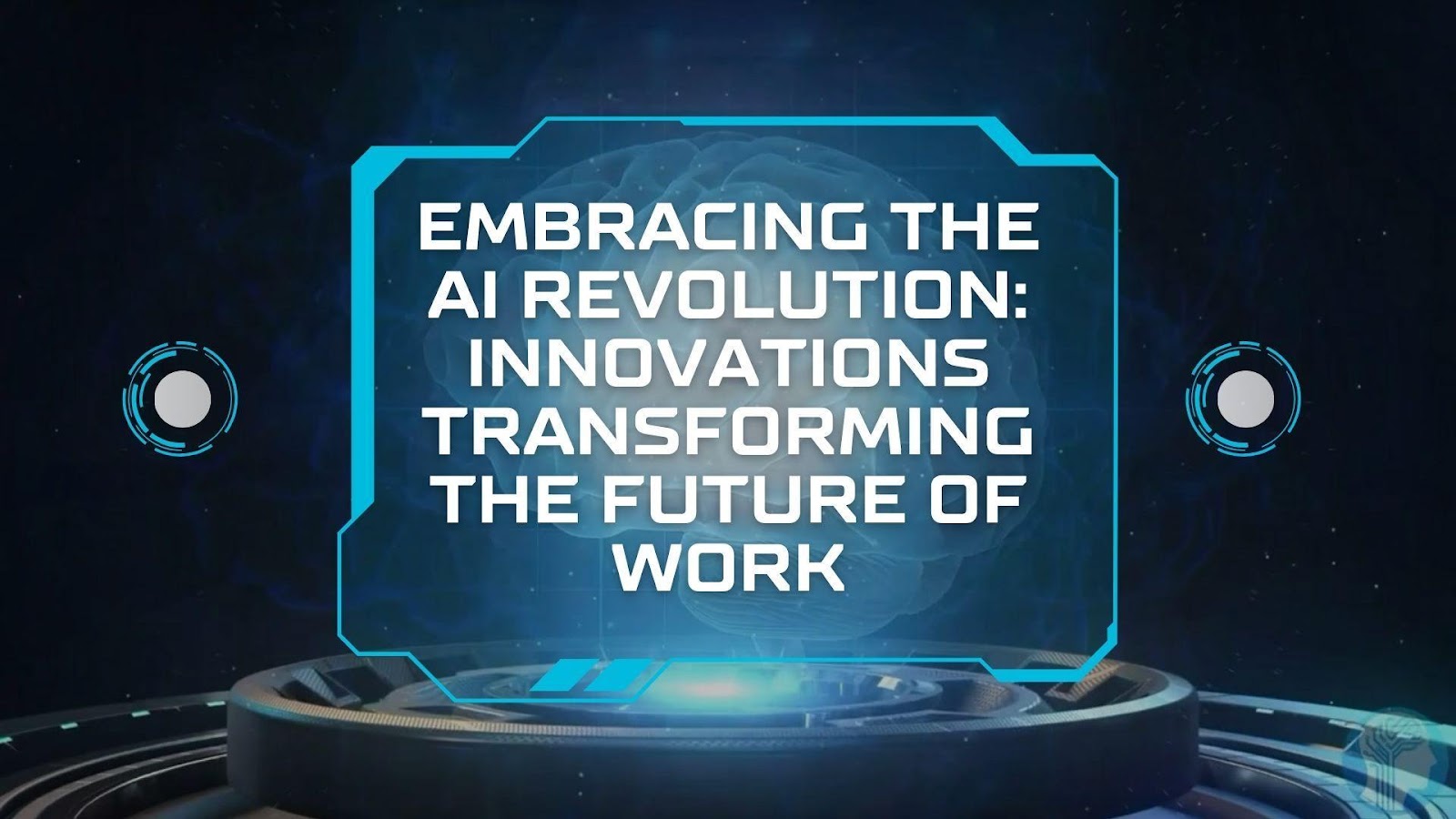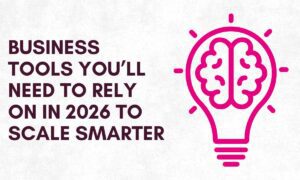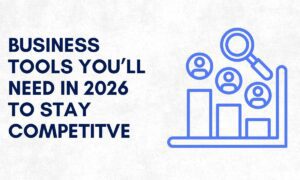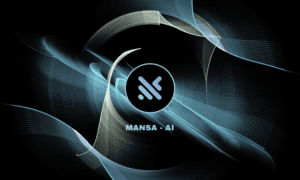In a time of technological disruption, the role of artificial intelligence (AI) in reshaping labor markets has become a subject of intense debate. Sri Santhosh Hari, an expert in machine learning, delves into the heart of these changes in his latest work, “AI and the Future of Work: Navigating the Third Wave of Technological Disruption.” He explores the profound implications AI holds for workers, institutions, and policymakers in a rapidly evolving world. This article highlights the innovations that define AI’s transformative potential, focusing on how this revolution differs from previous technological waves.
The Unprecedented Pace of AI Advancements
Unlike previous technological revolutions, which unfolded over decades, AI is advancing at an extraordinary pace. Breakthroughs in machine learning, particularly large language models, have propelled the AI field into a phase of exponential growth. This rapid development raises critical questions about workforce adaptation and institutional readiness. The speed at which AI systems are becoming more sophisticated—capable of handling tasks that once required human cognition—poses a challenge for educational systems and regulatory bodies that are traditionally slow to adapt.
Broad and Deep Impact Across Industries
One of the most distinguishing features of AI’s influence is its universal applicability. While past technological shifts were often limited to specific industries or job categories, AI is poised to impact nearly every sector of the economy. From healthcare and finance to creative fields and education, few professions remain untouched by the potential of AI. This widespread disruption requires workers and businesses alike to rethink traditional roles and embrace new models of collaboration between humans and machines. In fact, early applications of AI in industries such as healthcare and finance have already demonstrated significant productivity improvements, suggesting that AI can complement human effort rather than replace it.
Complementary Relationships: Human and Machine Collaboration
A central innovation in AI’s application is the creation of complementary relationships between humans and machines. Rather than replacing workers entirely, AI technologies often augment human capabilities, allowing for greater productivity and more complex problem-solving. For instance, AI is being used to handle routine tasks such as data entry and document review, freeing up human workers to focus on higher-level tasks requiring creativity, empathy, and judgment. This collaboration not only enhances workplace efficiency but also creates new opportunities for workers to specialize in areas where human intelligence remains irreplaceable, such as ethical decision-making and emotional intelligence.
Rethinking Skills for the AI Future
As AI continues to evolve, the demand for new skill sets is growing. Traditional educational systems must adapt quickly to ensure workers are equipped to thrive in an AI-augmented environment. The emphasis is shifting toward developing “complementary skills” that AI cannot easily replicate, such as abstract thinking, interpersonal communication, and problem-solving in dynamic environments. AI literacy, combined with a deep understanding of specific industries, is becoming increasingly important. Workers who can integrate AI tools into their workflows are likely to experience enhanced productivity and higher earnings, positioning themselves as leaders in the future labor market.
Strategic Responses for a Thriving Workforce
The future of work in the age of AI will depend heavily on strategic responses at multiple levels. At the individual level, workers must proactively seek opportunities for skill development, focusing on areas where AI complements human abilities. Educational institutions, on the other hand, must update curricula to incorporate AI literacy across all fields of study.
In conclusion,the third wave of technological disruption driven by AI is fundamentally altering the landscape of work. While the impact of AI may seem daunting, it offers transformative opportunities that could enhance human potential if managed thoughtfully. Sri Santhosh Hari’s exploration of AI’s role in shaping future labor markets emphasizes the importance of a balanced approach—one that embraces technological innovation while preparing workers for a rapidly changing world. By focusing on education, policy reform, and the development of complementary human skills, we can harness the full potential of AI to create a more inclusive and dynamic workforce. The future, though uncertain, holds the promise of a society where human ingenuity and artificial intelligence work hand in hand to redefine the world of work.



































